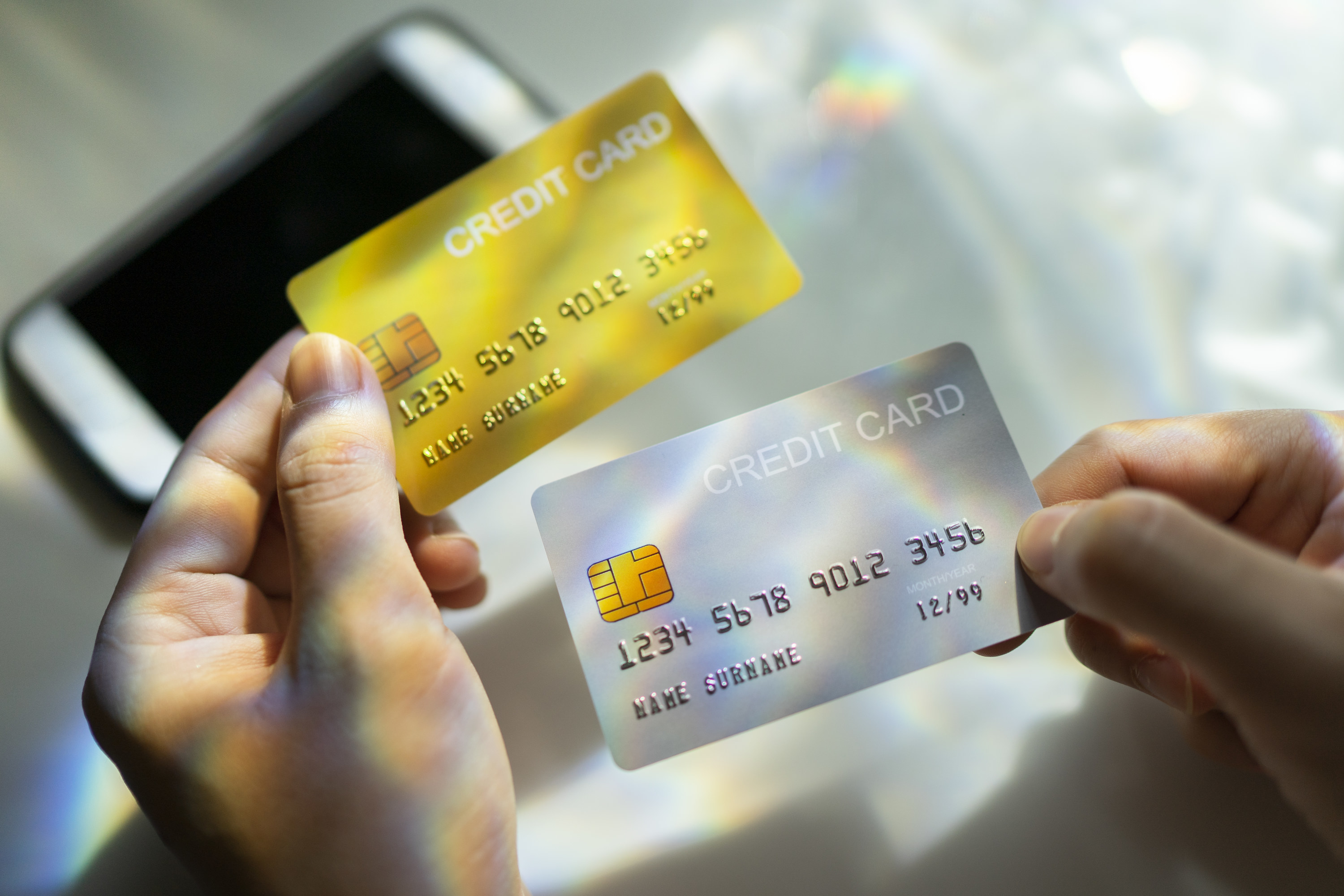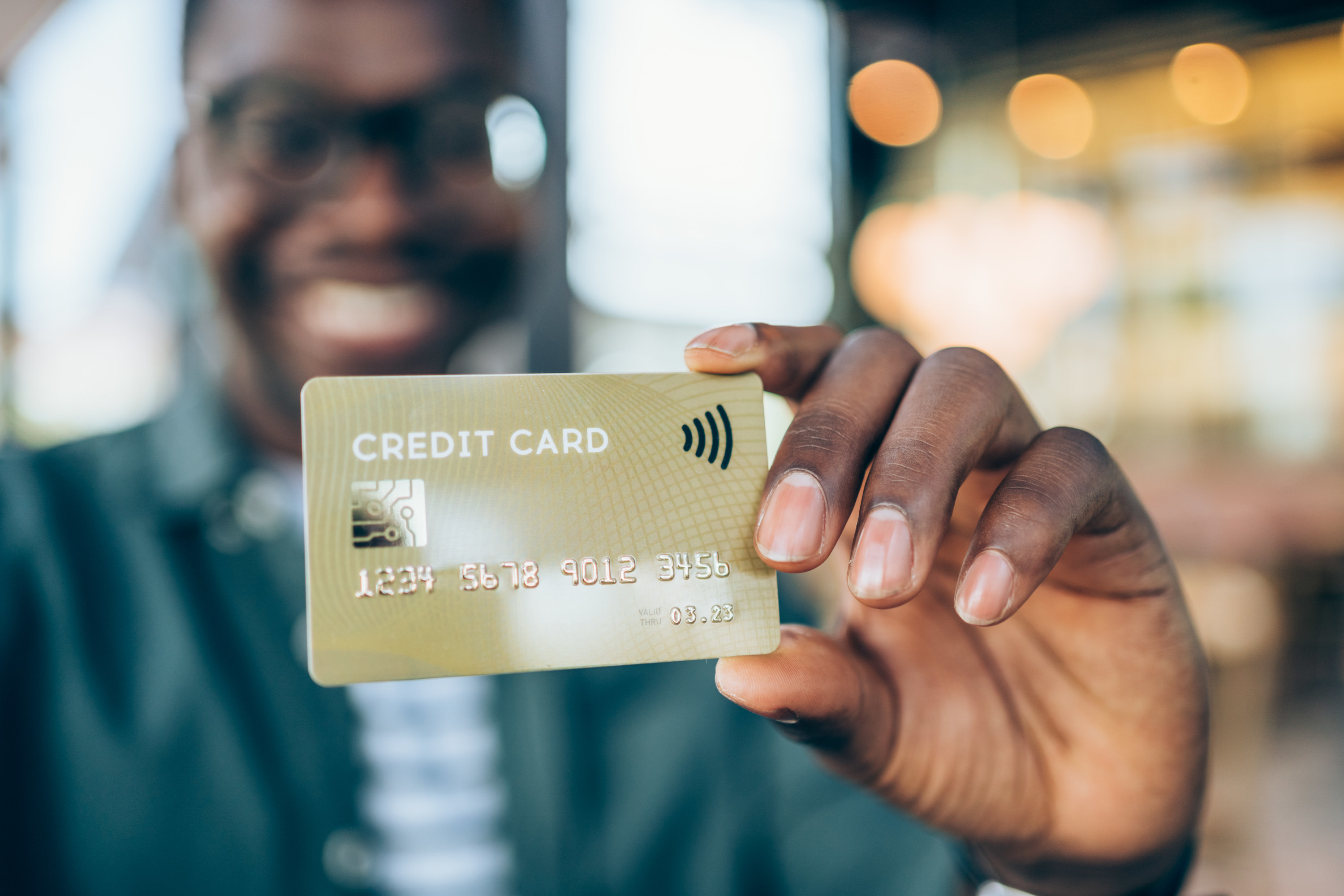I was lucky enough to chat with Hutchins and ask him what felt like a million questions on credit card points and travel. THANK YOU, CHRIS. “Mint [a budgeting app] or your credit card company will show you where you spend your money,” said Hutchins. Once you know what areas you spend the most, you can find a credit card that rewards you for making those purchases. But, if you drive for work and buy a lot of gas, it might make sense to sign up for a card like the Citi Premier Card, which gives you 3 points for every dollar spent on gas. Using that card at the pump would result in 120 points rather than 40. “I don’t think everyone needs to go get cards for everything they spend money on — look at the things you spend a lot of money on,” he said. “For most people, the optimal solution is one card where you spend a lot of money and one card where you spend money that’s not in those bonus categories.”
- Citi Premier gives you 3 points for every dollar spent on restaurants, supermarkets, gas stations, air travel, and hotels.
- Chase Sapphire Preferred gives you 3 points on dining and restaurants worldwide and online grocery shopping and 2 points on all other travel. - Capital One Venture gives you 2 miles for every dollar spent on anything.
- Bilt gives you 1 point for every dollar you spent on rent (yep, that’s right), plus 2 points on travel and 3 points on dining. Why? Because they often reward you with more points for every dollar spent AND with bank cards, you can transfer your points to whatever airline you want. You don’t have to book a United flight if the American flight is better. “When you have an Amex card, you can book [the flight] in the Amex portal, or they partner with 19 airlines and you can transfer [points] to any of those 19 airlines and book it on their site,” Hutchins explains. You don’t have that flexibility if you accumulated your points with an airline credit card. This is part of why Hutchins has accumulated so many credit cards. “I was never the person opening up 15 to 20 cards a year, but I was the person who anytime I saw a card with a100,000 or 80,000 point bonus, I’d sign up,” he said.
- AMEX Gold, which gives 4 points per dollar spent at supermarkets and restaurants
- Chase Sapphire Reserve, which gives 3 points per dollar spent on travel and dining
- Capital One Venture X, which is the catch-all card that gives 2 points per dollar spent on everything and anything Hutchins uses his other 11 cards for rare one-off purchases that make sense. For example, he says it’s smart to use the Marriott Bonvoy credit cards, which give you up to 6 points for every dollar spent, at hotels participating in Marriott Bonvoy. “Every time we went to dinner, I offered to pick up the tab, and people would give me cash,” he said. “Every time I had the opportunity to put something on my card, I would.” Then, he started organizing group trips and events just so he could put the charges on his credit card. “Once all my friends started getting married or getting engaged, I’d plan all the bachelor parties. … People would send me the money, and I’d book all the stuff. I’d end up putting 15 flights on a credit card to New Orleans,” he said. “They are not linking to your bank account, they are not learning how you spend money,” Hutchins explained. “They’ll just tell you for common categories [like flights or gas] and for all the cards you have, these are the best for spending.” So, if you buy a pair of $180 Apple AirPods through the United MileagePlus shopping portal, you might earn 180 points (1 point for every $1). And by purchasing the same AirPods through the Chase Ultimate Rewards Freedom portal, you might earn you 360 points (2 points for every $1). The trick is mastering CashbackMonitor, a site that lets you search shopping portals to compare earning rates (for free). “Anytime I’m about to buy anything of substantial value, say over $100, I go to CashbackMonitor, and it will tell you which of the shopping portals give you the highest points back,” Hutchins said. It might not sound like much, but Hutchins says sometimes you might be able to earn 10 points per dollar spent. In that case, you would earn 1,800 points just for buying your AirPods through a shopping portal. But the trick can be deciding if you should transfer the points to Delta or United. Hutchins uses Point.me for this cumbersome task. “They’ll go search all 30 airline websites, and you can tell them what points you have, and they’ll tell you where to transfer points,” he explained, noting that the site charges $5 for a day pass and has annual memberships. Hutchins says he will do a quick search on one airline under each of the three alliances. “Maybe it adds 30 minutes to the process and could save you half on the trip or more,” he said. “There’s not a hard and fast rule, but I’d say planning a trip as far out as possible or as short as possible are your best options,” he said. And as you might guess, flexibility is key. “The more flexibility you have either on when you go, where you go, or how far in advance you plan, the more confident I am that you’ll find an incredible deal. … If you’re flexible, it will almost always work out.” In general, he sticks to the “one penny a mile rule,” so, for a $1,000 flight, you need to find a reward seat that is100,000 points or less, or it doesn’t make sense. “Using miles and points that are not part of a rental car program to rent a car is almost never a good deal,” he explained, noting that “On the whole, airline points are worth a lot more than hotel points.” He says that if you have flexible points (points earned via a bank card, not an airline card), the “best value comes out of booking international flights and Hyatt hotels.” “None of this applies to anyone who isn’t able to pay their cards off in full every month — so, no amount of interest is worth the perks,” Hutchins said. Hutchins explained that “The length of your credit history is valuable — if you have a card with a long credit history, downgrade it to a card with no fee, and try to put one purchase on it a year to keep it open.”






